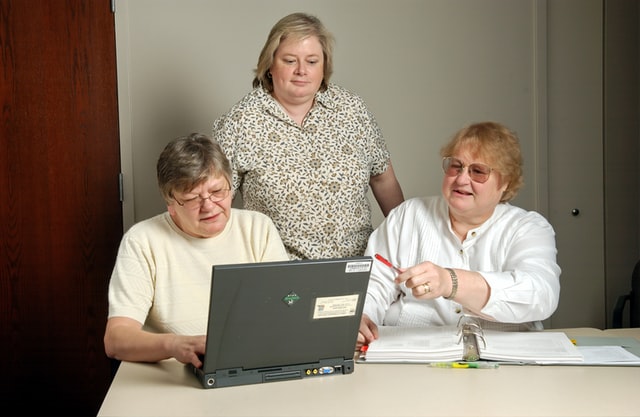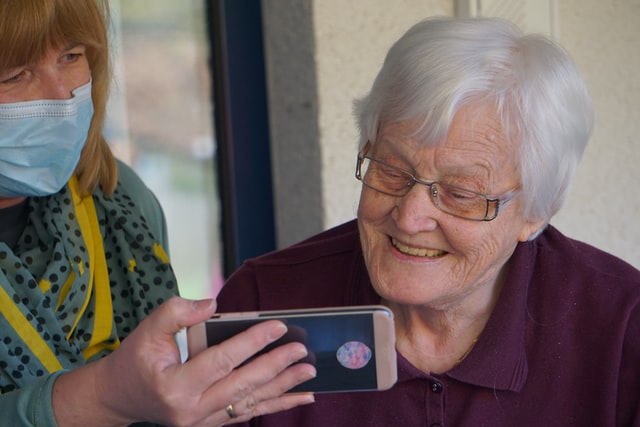There are two megatrends in the world that are getting closer and closer together: technological progress and population aging.
Aging is an integral part of life that affects every person. Therefore, it is essential to ensure that the current generation and future generations have the opportunity to lead a healthy and active lifestyle in old age. The digital world offers us so many exciting opportunities to age gracefully and participate in society as active citizens, able to fully exercise their rights and contribute to enriching our communities with their knowledge and experience.
As more and more services move online, people who continue to live without using the Internet are at risk of being left without their familiar conveniences. This mainly affects older people, who are much less connected to online technologies than those who were born in the digital age. Accelerated digitalization during the COVID-19 pandemic has highlighted these inequalities. According to the UN, only one in four older people currently have digital skills.

Information and communication technologies (ICTs) play a fundamental role in creating an appropriate environment for maintaining a healthy state and addressing the challenges that accompany the aging process by empowering older people. ICTs can be a way of social inclusion for older people if their needs and requirements are considered when designing products and services.
In creation an age-friendly environment it is necessary to provide clear, understandable information to non-technical people about the safety and usability of the product.
Healthy aging involves the satisfaction of basic needs: in learning, development and decision-making; maintaining mobility; building and maintaining relationships and participating in society.
- E-banking, e-commerce, e-health: satisfaction of basic needs
The process of digital transformation has contributed to the expansion of the range of online products and services. For example, necessary food purchases can be made online that makes the life of older people more comfortable, since they do not need to use transport and carry bags. Digital banking enables seniors to manage their savings independently without exposing themselves to the risk of getting COVID-19 at bank branches during the pandemic. There is a growing use of e-health applications that are effective in tracking and preventing more serious illnesses in older patients. However, such platforms must be carefully designed to make these processes easy for users to understand and trust.

- E-learning and employment programs: learning, development and decision making
Today e-learning platforms have made it more accessible and opened up more opportunities for the population that can have an important impact on healthy aging. Academic organizations and training programs should provide options that may be interesting for this growing part of society. Online learning platforms must also be user-friendly so that older educators and mentors can contribute and maintain their contribution to the benefit of younger generations.
- Alternative modes of transport: maintaining mobility
Physical mobility has never been easier than in the digital world. Every day new transport models are developing to meet the different needs of society. For example, Uber is a transportation model that has changed consumer trends among millennials and has impacted the auto industry by driving down car sales. Governments and private companies should develop programs and services to address older people’s mobility issues.
- Online programs and social networks: building and maintaining relationships and contributing to society
The lack of social connections and the feeling of isolation are in many cases due to one or another health condition. Today social isolation is a risk factor for premature death. Research has shown that older people who had internet access, devices, and tech literacy before the COVID-19 pandemic were better prepared to face the reality of sudden isolation and separation from relatives and friends. Helping older people to use technology is important for them to be able to live comfortably despite challenging circumstances. For example, during the pandemic a French non-profit organization launched a program that allowed people of retirement age, many of whom were left in isolation and loneliness, to teach students who were studying foreign languages. They had video chats, building intergenerational bonds to mutual benefit as students continued to practice their language skills while helping old people feel less isolated and more empowered.







